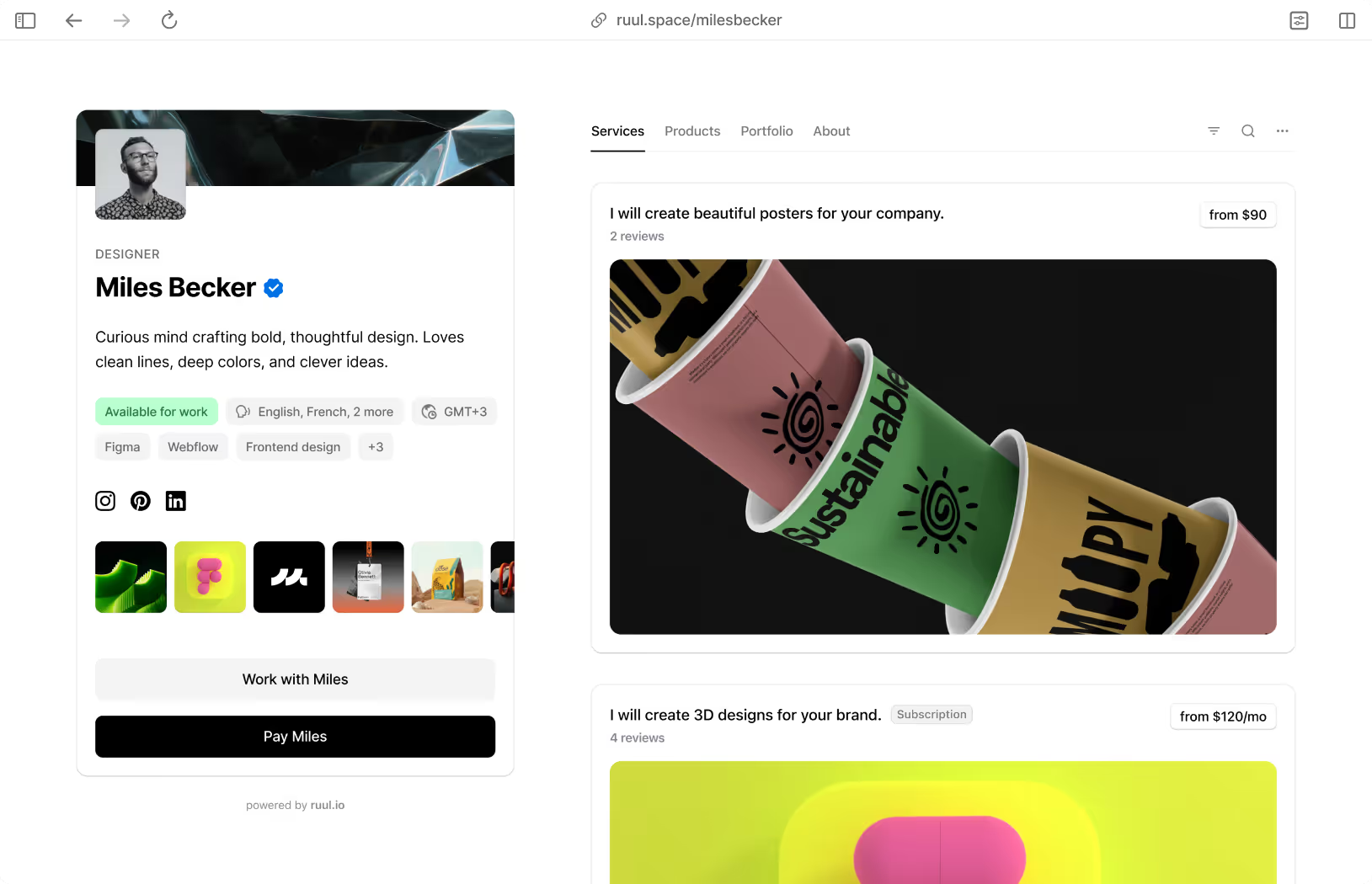However annoying it may be to deal with, every freelancer knows why invoicing is important and central to their business: Not only will a professional invoice save you a lot of time, but they will also make sure that you get timely payments, which can save you from a lot of financial anxiety. According to a 2020 research, freelancers spend almost 25% of their overall freelancing time on administrative tasks, which includes invoicing, as well as managing payments, billing, doing paperwork, and more. In comparison, only 52% of their overall time is actually spent on billable work. This definitely shows how an efficient invoicing methodology can save you a huge chunk of time and effort.If you want to know how to get invoices paid on time, and wonder how to manage invoices in the most efficient way, read our 9 integral invoicing tips below:
Determine clear payment terms
Payment terms are a part of the service agreements between freelancers and clients. Having clear-cut payment terms in your contract will definitely help you get timely payments, avoid confusion, prevent conflict, and have a consistent invoicing procedure. If your payment terms aren’t solid enough, a client can delay payments, request discounts, or even completely avoid them. This is why your conditions need to be solid and your wording shouldn’t be vague to avoid any potential loopholes.
Create a professional invoice
The overall look and style of your invoice has a big effect on your professional persona and brand. If your invoices look professional, they will definitely increase your credibility in the eye of your potential customers. Researching examples by credible sources can be a great way to get inspiration for a professional invoice. Look through invoice templates for inspiration before deciding on what kind of an invoice your particular line of solo business needs.Another equally important part of creating a polished and professional-looking invoice is, of course, the content. No matter how organized your invoice request looks, it would mean nothing if it doesn’t provide the clients with the right information. To start you off, here’s a short list of what you should definitely include in an invoice:
- Your name
- Your address & contact details
- If you have any, your business logo and brand colors
- Itemized list of your services: your tasks, their individual costs, your hours, etc.
- The total cost below the itemized list
- Project name & invoice number
- Billing date
- Due date
- Billing information of your customer (for bookkeeping purposes)
- A section for further notes and/or payment instructions
Laying out all of these on your invoice might take up a lot of time. Using an efficient invoice generator, you can fill out all of these necessary fields, and save yourself the trouble of preparing one from scratch.
Itemize your invoice
As we mentioned in the list above, individually listing your services in the description part of an invoice is a must. A short and non-descriptive summary can cause a lot of confusion for your client. One of the biggest advantages of invoicing with an itemized summary is that you’ll have a document at hand to help you protect yourself from any legal troubles regarding unpaid services.You should also keep in mind that, especially when you work with big companies, the person you communicate with and your payment provider aren’t necessarily the same person. In situations like this, details will especially be useful for bookkeeping purposes –both for the client, and yourself.
Make a fixed billing and invoicing schedule
Another one of our crucial invoicing tips is to create a fixed billing and invoicing schedule for yourself. For a solo professional, having a clear-cut schedule will make finance management a lot easier. In addition, this step guarantees that you’ll be sending your invoices in a timely manner. This is especially important, because sending them too late can result in late payments, while sending them too early can lead to them being forgotten about. You should give your customers enough time to get their budget and finances in order to be able to pay you.
Organize your records
If you’re an independent worker that operates digitally, you know the importance of organizing your data. It’s really easy for certain things to get buried in your files, and without proper documentation and organization, there’s no other way to prevent this. The ability to keep a more efficient and organized track of all your data is one of the biggest benefits of digital invoicing. This way, everything will be right under your hand, in a single place. Keeping all records in one place can be the ultimate productivity boost for your business, so why not give it a chance?
Automate recurring tasks
Keeping track of every single client and their managerial tasks can quickly turn very tiring and challenging. Save yourself the hassle of manually creating, sending, and tracking each invoice and payment by automating your recurring tasks.There are many benefits of invoice automation; the main one being, less time spent on repetitive tasks and more time for yourself. We already mentioned how much time freelancers generally spend on managerial tasks on average. A swift automation tool can guarantee timely-sent invoices and payment reminders, and help you keep track of all your records more easily.
Set up late payment reminders
Issuing late fees as a freelancer is a given at this point. Once you include this in your contract, you emphasize the importance of punctuality to late-paying customers, and protect yourself from long periods where you might not get payments. In most cases of late payments, politely reminding your customers of your payment dues will be enough to start the transaction. Late payment reminders are a great tool to make sure you get paid timely. Using the right invoice system, you can send payment reminders to clients right from your dashboard with one click.
Offer early payment discounts
Similarly, you can consider offering early payment discounts to discourage late payments even more. Since late payments are among the most common invoice disputes eliminating them can help create a smoother and more efficient invoicing system. They will add a sense of urgency, and motivate your customers to make payments earlier. One alternative way you can implement early payments is by providing the option of upfront payments. This doesn’t have to be for the whole fee–the way many solo talents do it is to take a certain percentage upfront as a ‘deposit’. This way, you’ll still get paid for your time even if the business transaction isn’t fulfilled by your customer. Early payment discounts can also help smaller clients implement your services into their budget. You’ll get a larger client base this way, and your budget-friendly payment options will certainly encourage them to work with you again.
Choose the correct invoicing system
Trying to keep your emailed invoices, client profiles, Excel sheets, etc. in line can cost you a lot of time, which can seriously affect your productivity. Not to mention the hardship of creating, individually sending, and tracking all your invoices and payments. To prevent this, try conducting all financial tasks through one single comprehensive platform like Ruul. When you consider all of these invoicing tips, it’s clear how much difference the right invoicing and payment collecting software can make. Using Ruul’s all-in-one solution, you can do all of these tasks and more in a few simple steps. Register to Ruul today to start invoicing professionally and hassle-free!










